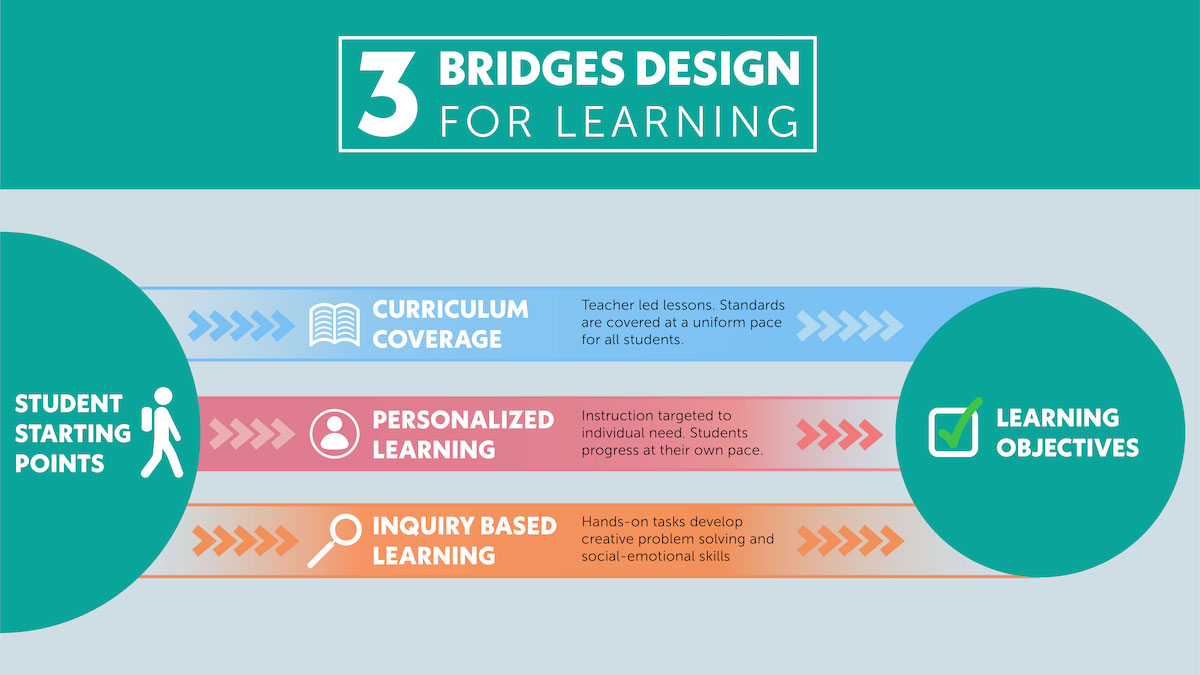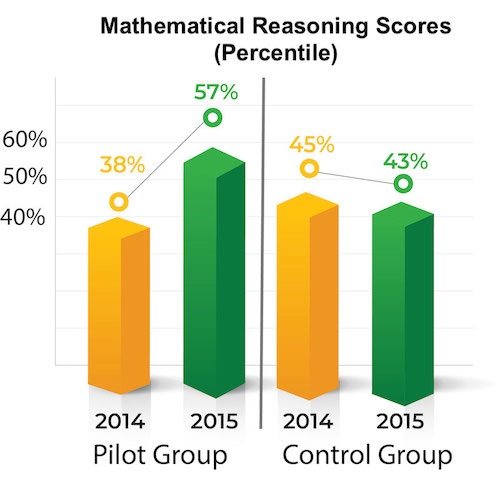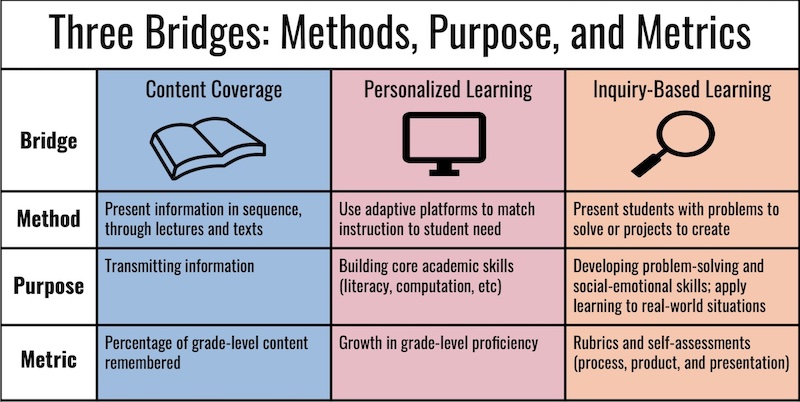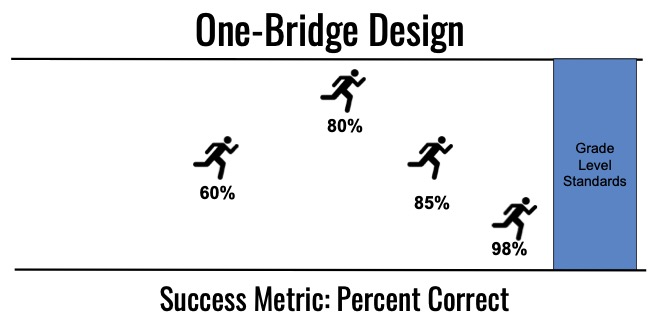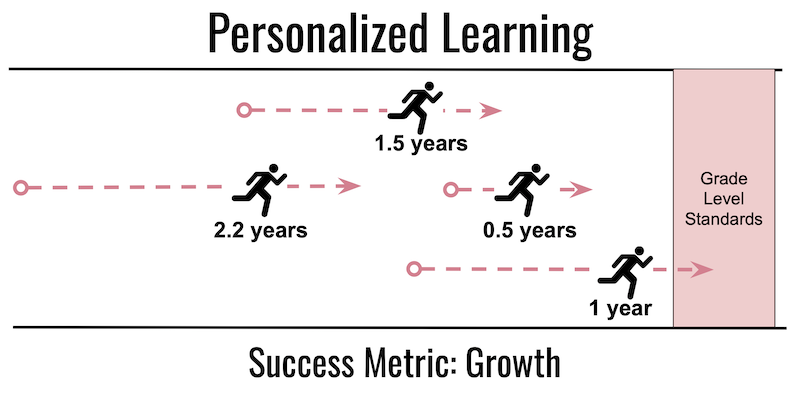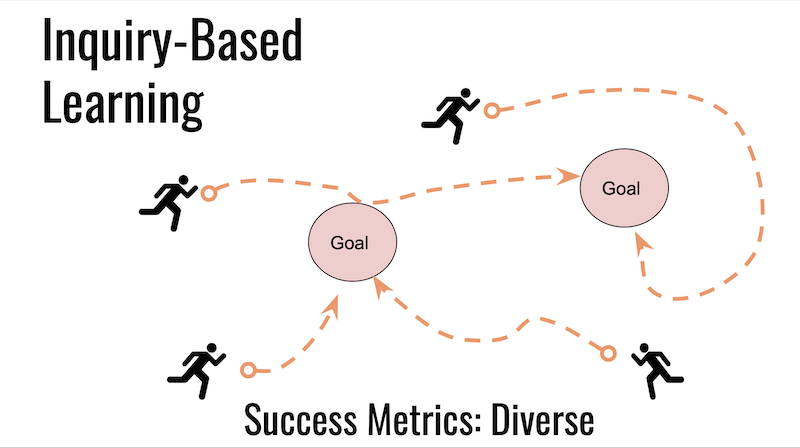The Three-Bridges Design for Learning
Differentiate and Address Grade Level Standards, with the Three-Bridges Design for Learning.
Educators today face an almost impossible challenge. Hold every student to the highest academic standards…but meet every child’s individual needs. Make learning fun…while supporting social-emotional growth. Unfortunately, our education system wasn’t designed for these goals. But The Three-Bridges Design for Learning offers a solution.
Schools were designed to follow a “One Bridge” instructional model: move students through content at a uniform pace. When they struggle, employ scaffolds and supplements. And good luck finding planning time or class time to engage students with hands-on learning experiences.
The One-Bridge approach treats differentiation, real-world application, and social-emotional learning as afterthoughts. To address them, teachers must spend countless hours modifying the curriculum. What teachers need is a curriculum design that meets our real goals.
This is the essence of The Three-Bridges Design for Learning. We don’t pretend our students will learn the same content in the same way, at the same pace. Instead, we combine three powerful instructional models.
The first bridge relies on a traditional, content coverage, approach. Bridge two, personalized learning, employs adaptive technology to tailor content to students’ individual needs. Bridge three, inquiry-based learning, emphasizes learning through discovery, to support creative problem-solving and social-emotional skills.
Schools that implement 3-Bridges experience dramatic changes, in a short period of time. Their students feel more confident and engaged in the learning process. Teachers spend less time grading and planning, which gives them more time to connect with students and plan engaging lessons.
These changes lead to dramatic increases in achievement and overall student well-being.
What’s Wrong with a One-Bridge Design for Learning?
- Deliver content to students through textbooks, lectures, or videos.
- Students complete repetitive exercises in-class or for homework.
- After a few weeks, see how well they remember the information provided.
- Give everyone a percentage grade and move on to the next unit.
- What educational approach best supports problem-solving and social-emotional learning?
- How can we support students who struggle with grade-level content?
- Should we use acceleration or enrichment to challenge our advanced learners?
My Journey to Three-Bridges Design
The Three-Bridges Design for Learning addresses the most persistent classroom challenges facing schools today, improving the daily experiences for teachers, student, and school leaders.
Schools that design their instructional programs around Three-Bridges are still the exception. But I believe that, eventually, this model will become standard practice in schools around the world.
After seeing the impact of Three-Bridges Learning in my own classroom, and in our partner schools, I have been convinced of its transformative potential. But I wasn’t always so keen on differentiation and hands-on learning.
Like most educators, I started out using a One Bridge approach. By my 3rd or 4th year in the classroom, I had information delivery down to a science.
My lectures were engaging and informative. I even facilitated whole group discussions. Of course, I asked all the questions and decided who got to respond. After all, I knew the most, so it only made sense that I did most of the talking.
Once I’d explained everything, my students moved on to independent practice. Group work was an unnecessary hassle, reserved for observation days. It got noisy and disorganized. And if they worked in groups, how could I tell who had actually done the work?
I took pride in the objectivity of my assessments. If my students hadn’t mastered the content, I would know. If they struggled, I did my part to help them out. But at the end of the day, I didn’t believe in differentiation. That was just “watering down the content,” to ensure every student succeeded.
My role was to make sure everyone got the grade that they deserved. If everyone got a trophy, where was the incentive to work hard?
When One Bridge Isn’t Enough
But halfway through my teaching career, I had an epiphany. After years of teaching English and humanities, my school asked if I would take on two middle school math classes. I thought, “Middle school math, how hard could it be?”
Still, they wanted me to attend a Common Core math summer camp, so I could see what had changed since I was in middle school. This course, taught by Lainie Schuster, author of Enriching Your Math Curriculum, completely changed my perspective. We engaged in problem-based learning and focused on building conceptual understanding.
I couldn’t wait to get back to the classroom and try out what I’d learned. But there was a catch. My textbook looked nothing like summer camp. It was full of dry lessons and repetitive exercises. And when my students took the start-of-year diagnostic, everyone failed.
It was my first year teaching a new subject, and I found myself facing two, seemingly insurmountable challenges. First, how could I help students develop the foundations they needed for grade-level work? I didn’t even know how far back I’d have to go.
And second, how could I deliver the engaging, conceptual learning experiences I’d enjoyed over the summer? My textbook wasn’t the right resource for such a job. And even if I had the resources, I didn’t have time to cover the curriculum and do the engaging activities.
Building the Second Bridge
Fortunately, my school’s Director of Technology introduced me to a revolutionary solution: Khan Academy.
Khan Academy, one of the first adaptive math programs, made it easy to assess and address gaps in students’ foundational skills. I still believe that Khan Academy Missions was one of the greatest EdTech innovations of all-time. Whenever a student got a question right, it asked them harder ones until it found the edge of their understanding.
If they made a mistake, it provided extra practice or moved them back to foundational skills. The more students used the platform, the better it adapted to their needs. In the teacher dashboard, I could see how much time they had spent on-task, the grade level they were on, and where they were struggling. (Unfortunately, Khan Academy no longer offers Missions. Their latest offerings, in my opinion, are not useful as the original).
For the first year, I used Khan Academy side-by-side with the textbook. By year two, Khan had completely taken the place of my textbook. In addition to better meeting my students’ needs, I saved mountains of time in grading and planning.
Over time, my systems evolved. I established routines for reviewing data, checking-in with students, and incentivizing good work habits. I implemented a gamified classroom, putting students into teams that earned points for each new concept mastered.
I also discovered programs like vocabulary.com and NoRedInk, which helped me personalize language arts instruction. The same routines and systems I used for math also worked for reading and writing.
The benefits of this crazy experiment were quickly apparent. Students who started the year several years below grade level were catching up. Others were learning concepts two to three years above grade level.
My students’ test scores went through the roof. After my first full year using Khan Academy, my students’ average ERB math scores jumped from 38% to 57%. A similar group that did not use the program actually dropped slightly.
But most importantly, my students were enjoying their learning experience. Formerly struggling learners had a real pathway to grade level success. And those who needed more of a challenge could move ahead at their own pace.
Building the Third Bridge
Personalized learning made it easy and efficient to differentiate my math class, for both struggling learners and high achievers.
While personalized learning brought gains in traditional measures of achievement, it wasn’t changing the definition of success. My students weren’t developing teamwork skills or learning how to apply their knowledge to solve real-world problems.
I still remembered the activities from math camp that used discovery as a teaching method. This approach had the potential to build conventional math skills. But it could also support creative problem-solving, as well as collaboration and social-emotional learning.
But the personalized approach did save me time. I wasn’t spending hours correcting repetitive worksheets. Or using class time to review the same topics over and over. So I was able to reinvest all of this additional prep time and instructional time into the third bridge: inquiry-based learning.
I started with educational games and problem-based learning. Instead of showing students how to perform math, I gave them challenging problems to solve. Instead of giving them the volume formula, they would fill a large cube with smaller cubes and eventually derive the formula themselves. Instead of quizzing them on the parts of a story, they created presentations analyzing the parts of stories they chose.
Once my students and I had become comfortable learning through inquiry, I began assigning larger projects. Instead of tests, students would demonstrate their understanding by creating videos and presentations. Eventually, we conducted entire student-led units.
What Educators Are Saying

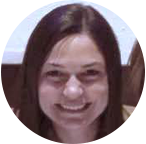

The Impact of the Three-Bridges Design for Learning
It’s hard to overstate the benefits of implementing a Three-Bridges Design. While I first noticed these benefits in my own middle school classroom, they’ve proven transferable to a range of grade levels and school types.
Once I’d used this approach consistently for a few years, others began to notice its impact. Aside from the increases in test scores, students were going home and talking to their parents about the unusual approach in my classroom.
Parents began visiting my classes to see how it all worked. One parent was so impressed, he sponsored a summer program so I could train other teachers on the approach. I also moved into a coaching role, as our school’s blended learning specialist. My teaching schedule was scaled back, so I could have time to visit other classrooms and help teachers implement what they’d learned.
Eventually, I began implementing similar programs at other schools and districts. Again and again, schools that took advantage of Three Bridges were achieving similar results.
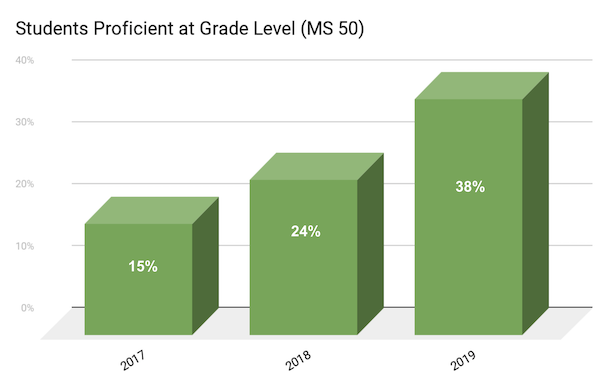
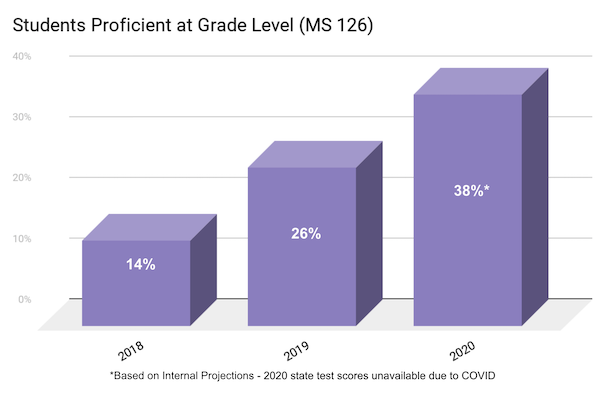
Understanding the Three-Bridges Approach
Understanding The Three Bridges Design for Learning starts by recognizing the absurdity of our current approach to education.
Teachers are asked to act like marathon organizers. Students are the runners, all working towards the same goal. Some are faster, others slower. But at the end of the day, the organizer’s job is to give every runner a chance to cross the finish line.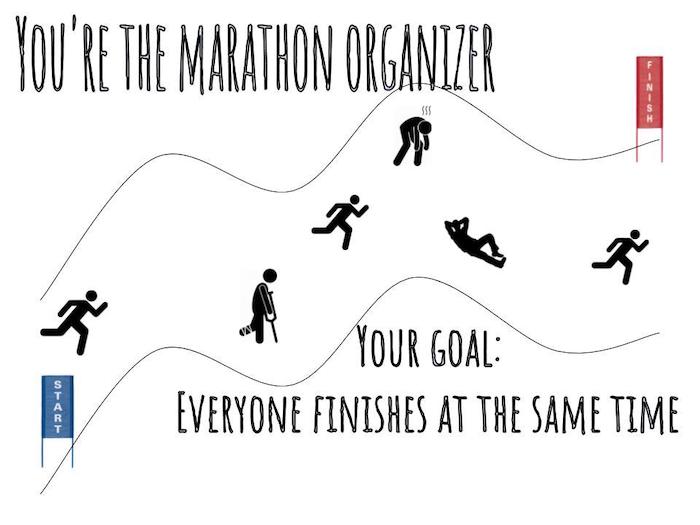
But there’s a catch. We don’t meet their students at the start of the “race.” By the time they get to most of us, they’ve been on the course for years and years. And each is at a different point in their journey.
Our job isn’t just to help them reach the finish line. It’s to ensure they all finish at the same time! Even though the runners who are farthest along are also moving the fastest. And many don’t even want to be in the race.
In a Three Bridges classroom, we still recognize the need for grade level standards and content. But we stop pretending that we can “move students through content,” or that everyone will go at the same pace.
Three Bridges elevates instructional objectives like problem-solving skills, social-emotional learning, and real-world application. In a One Bridge classroom, we say that we value these things. But the curriculum isn’t designed for them. They’re “extras” that are nice to have.
With Three Bridges, each of these goals has its own metric of success. Instructional time is divided among different teaching methods, which are matched to our desired outcomes. By combining all three bridges, we create a balanced learning environment. One that challenges all learners, while meeting their individual needs. One that engages students, and supports their success outside of the classroom.
Bridge 1: Content Coverage
Bridge 1 is most like the traditional model of instruction. Decide what content should be covered in a course. Present that content in sequence, and assess what students remember with tests and quizzes.
The first bridge focuses on the end point. We know where students should be by the end of each grade level. And it’s much easier to plan lessons for 30 students at a time, when we assume they all need the same learning experience.
The metric of success is a percentage. At the end of a unit, determine how much each student remembers, and divide by how much was taught.
But this bridge does a poor job of addressing starting points. If a student is underprepared or over prepared, it’s up to the teacher to find a solution. These scaffolds can easily take more time than the initial lesson planning.
This approach also lends itself to ineffective teaching methods, like lectures and repetitive practice. The need to keep students moving at a fixed pace make it hard to provide meaningful learning experiences.
The key to success with Bridge One is efficient planning. Identify the highest priority learning objectives, and minimize the class time needed to cover them. Then, dedicate instructional time to personalized and inquiry-based learning.
For more on Bridge One, read our article on Curriculum Planning.
Bridge 2: Personalized Learning
A personalized learning approach is focuses on starting points, rather than end points.
Each student’s learning journey begins at the edge of their understanding. And instead of measuring success by where they finish, we measure their growth.
Imagine two 6th grade students. Student A starts the year on-grade level, and finishes the year on grade level. Student B starts off three years below grade level, but finishes one year below grade level. Who is more successful?
By traditional metrics, Student A passes, and Student B fails. But Student B progressed by three grade levels in one academic year. When we start incentivizing growth, struggling learners finally see a pathway to success. By reengaging them in learning, we open the door to continued growth.
Growth metrics also engage high-performing students. Instead of congratulating them for what they already know, they need to earn their grades, just like the rest of the class.
A good adaptive platform is critical for a successful personalized learning program. Programs like IXL and Khan Academy automatically assign content targeted to each student’s needs.
But software alone isn’t enough. Teachers need training and resources to implement personalized learning effectively. And school-wide systems need to accommodate a personalized approach. Unless your school’s curriculum, grading system, and schedule support personalized learning, your initiative will falter.
Read about the Five Step Personalized Learning Plan to learn how your school can ensure a successful launch.
Bridge 3: Inquiry-Based Learning
Inquiry-Based Learning provides a way to bring creativity and exploration to the classroom.
And while IBL is a great way to build skills and introduce content, it also supports the development of competencies that are harder to measure, like problem-solving and social-emotional learning.
With inquiry-based learning, instead of focusing on starting points and ending points, we’re focused on creating meaningful learning experiences. Instead of giving students information and answers, we’re asking them to create projects or solve problems.
These low-floor/high-ceiling tasks allow each student to learn something unique from the same activity. And our measures of success may be different for each student.
Assessing inquiry-based learning is usually done with rubrics. I assess tasks according to process, product, and presentation. Did you engage with the activity? What did you create? And how well did you share your learning with the class?
Given the openness of IBL tasks, you can’t always guarantee that each student will master a certain learning objective. But such tasks are an excellent complement to the other two bridges. They allow students to go deeper, learn by doing, and develop interpersonal skills.
For best practices on bringing this approach to your school or classroom, read our post on Inquiry-Based Learning.
Getting Started with the Three-Bridges Design for Learning
The first step to implementing The Three Bridges Design for Learning is to create space in your curriculum.
Many teachers feel they don’t have enough instructional time to implement personalized and inquiry-based learning. In most cases, that’s because they haven’t been provided an efficient enough curriculum plan.
Pacing guides that come with your textbook dedicate all of your instructional time to covering the text. Many school and district-created plans do the same.
But if we base our pacing on our standards, we can have time to spare. In most subjects, an entire year is dedicated to teaching 12-15 core standards. If our pacing guide targets the standards, we can cover the essentials with time to spare.
If you’re currently planning 100% of your year around content delivery, scale it back to 80%. In a class that meets 5 times a week, this gives you one day a week to “reinvest” in another bridge.
Take that single day per week, and dedicate it to either Bridge 2 or Bridge 3. Schools where many student struggle with grade level content often opt for personalized learning. Schools looking to provide extra challenge and enrichment tend to opt for Inquiry-Based Learning.
Once you commit to one of these options, you will begin noticing positive changes. You’ll see students are more engaged, mastering content more easily. You’ll see that teachers are less frustrated and overwhelmed.
By your second year, you should be able to trim another day of class time per week, and introduce the remaining bridge.
Once I had used 3 Bridges for several years, I did away with Bridge 1 entirely. I found that students were mastering grade level content at their own pace through personalized learning. And the inquiry-based tasks were promoting deeper thinking and creating a positive classroom culture.
There wasn’t much need for textbooks and direct instruction. I only lectured on the rare occasion that most of my class was struggling with the same topic – as indicated by the personalized learning data.
I hadn’t intended to eliminate Bridge 1. I just found less of a need to cover content. My students were being exposed to grade level content through the other two bridges. They were learning more, and enjoying class more. The need to move everyone through the textbook simply faded away.
Let Us Help You with Your Three Bridges Implementation
If you’re ready to make the shift from One Bridge to Three Bridges, we’re here to help.
Our coaches and consultants have helped countless schools and districts improve student achievement and engagement, all while reducing teacher workloads. The Three Bridges Design for Learning has been used successfully from kindergarten through 12th grade. In public, parochial, independent, and charter schools.
We offer coaching programs, workshops, and consulting. Schedule a consultation today to find out which of our services is the best fit for your school or district.
Coaching
Our coaches support teachers and education leaders with all aspects of Three Bridges Learning

Consulting
Our consultants partner with your school through all stages of Three Bridges implementation.

Workshops
Schedule a private workshop to help your team bring Three Bridges learning to the classroom.


Coaching
Our coaches support teachers and education leaders with all aspects of Three Bridges Learning

Consulting
Our consultants partner with your school through all stages of Three Bridges implementation.

Workshops
Schedule a private workshop to help your team bring Three Bridges learning to the classroom.
Coaching: You plan and implement your initiative. Our coaches help you craft your vision and remove any challenges you may encounter. Coaching is available for teachers and administrators looking for support with any of The Three Bridges. Learn more and schedule your first session today.
Workshops: All our workshops are hands-on and interactive. Choose a time that’s convenient for your team, and build skills in curriculum planning, personalized learning, and a range of inquiry-based learning topics. Workshops are available virtually or at your location. Browse our offerings and book online.
Consulting: Sure, you could manage your own Three Bridges implementation. But if you need everything to go smoothly the first time, let our consultants do the heavy lifting. We’ll work with you to clarify your vision, and work with you throughout the process. To learn more, schedule your free consultation.

Jacqueline
Middle School Principal
Brooklyn, NY
A Three-Bridges Success Story
My staff and I had the opportunity to work with Room to Discover to support conceptual learning, hands-on instruction, and differentiation in our math classes.
We adopted Room to Discover’s 3-Bridges Design for Learning in all of our middle school math classes. I found our consultant to be supportive, hard-working, and innovative. Throughout the engagement, he helped teachers identify areas for growth and adapted his support to meet the needs of our school and individual teachers.
This system allowed us to tailor instruction to individual student needs, while targeting grade level standards.
Room to Discover’s expertise in classroom practice, technology integration, and curriculum planning contributed to the overwhelming success of our initiative.
Our curriculum planning initiative contributed to significant growth in student achievement this past school year.
Our rising 7th grade class doubled its proficiency on state tests, while the number of students severely below grade level dropped 10%.
These gains were achieved through the hard work of our students, faculty, and leadership team. Room to Discover aligned their support with our ongoing initiatives, creating a collaborative atmosphere for professional learning.
I would recommend them and the 3-Bridges Design for Learning to any school looking to increase student engagement and achievement.
Talk to a Specialist About Bringing 3-Bridges to Your School

